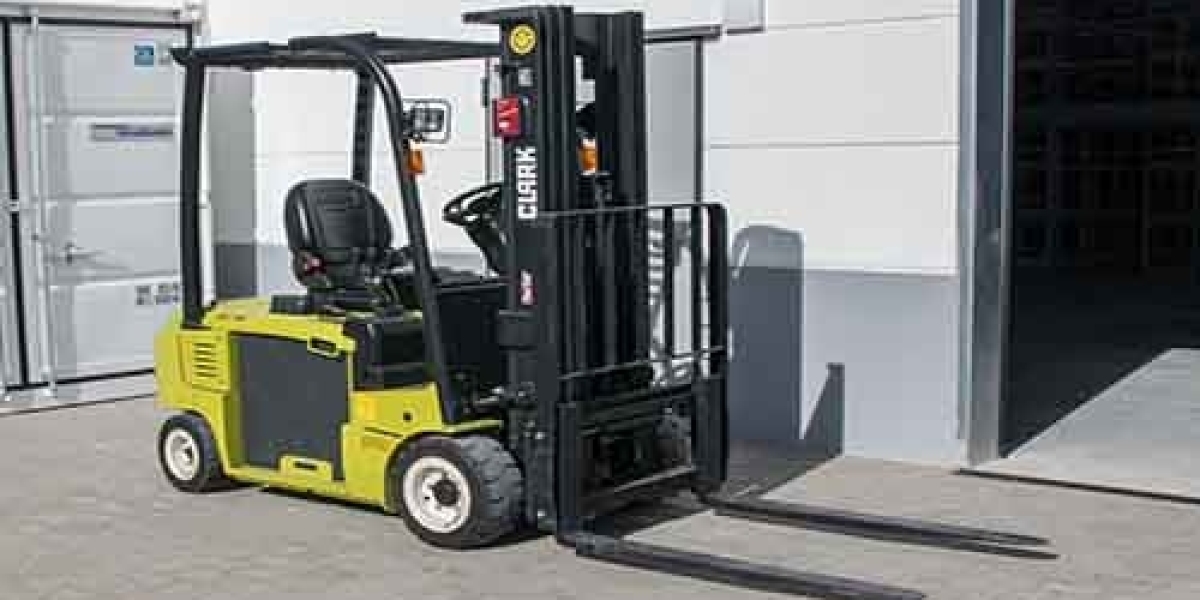Telehandlers, often referred to as telescopic handlers or telehandlers, are versatile machines used in various industries, including construction, agriculture, and warehousing. These machines are equipped with a telescopic boom, which can extend both vertically and horizontally, making them ideal for a wide range of material handling tasks. Proper telehandler training is essential for safe and efficient operation. In this section, we will explore the key aspects of telehandler training and the skills required to become a proficient operator.
1. Understanding Telehandler Basics
Before operating a telehandler, it is crucial to have a solid understanding of its components and functions. Training should cover the various parts of the telehandler, including the boom, forks, and controls. Operators should be able to identify and explain the purpose of each component.
2. Safety First: Adhering to Safety Guidelines
Safety should be a top priority when operating a telehandler. Training programs must include comprehensive safety guidelines that cover topics such as:
Safe Operating Procedures: Operators should learn the correct sequence of actions when starting, operating, and shutting down the telehandler.
Load Capacity: Understanding load capacity charts and load limits is essential to prevent accidents caused by overloading.
Stability: Operators must grasp the principles of stability and how to maintain a stable configuration while lifting and moving loads.
Site-specific Hazards: Training should address site-specific hazards, such as uneven terrain, overhead obstacles, and confined spaces.
3. Proper Handling and Operating Techniques
Efficient telehandler operation requires mastery of handling and operating techniques. Training should include:
Maneuvering: Operators should learn how to navigate the telehandler smoothly, taking into account factors like turning radius and ground conditions.
Lifting and Lowering Loads: Proper techniques for lifting and lowering loads, including load control and precision, should be emphasized.
Attachment Use: Telehandlers often come with various attachments, such as forks, buckets, and lifting hooks. Operators need to understand how to use these attachments safely and effectively.
4. Load Handling and Weight Distribution
Understanding load handling and weight distribution is crucial for preventing accidents and maintaining stability. Training should cover:
Load Assessment: Operators should be able to assess the weight and dimensions of loads accurately.
Load Center: Knowledge of load center and how it affects stability is essential.
Load Distribution: Operators should learn how to distribute the load evenly to prevent tip-overs or imbalance.
5. Site-specific Training
Telehandlers are used in diverse environments, each with its unique challenges. Site-specific training should address:
Construction Sites: Operators should be trained to handle construction site conditions, which may include rough terrain and obstacles.
Warehouses: Warehouse-specific training may focus on navigating narrow aisles and working with high racks.
Agricultural Settings: Operators in agriculture should be aware of challenges related to uneven ground and the handling of various agricultural materials.
Forklift Order Picker Training: Enhancing Warehouse Efficiency
Forklift order pickers, also known as stock pickers, are essential tools in warehouses and distribution centers for efficiently picking and retrieving items from shelves. Proper forklift order picker training ensures that operators can perform their tasks safely and efficiently. In this section, we will delve into the key components of forklift order picker training.
1. Understanding Forklift Order Picker Components and Controls
Before operating a forklift order picker, operators must be familiar with the machine's components and controls. Training should cover:
Control Panel: Operators should know how to operate the control panel, which includes functions such as lifting and lowering the platform.
Safety Features: Understanding safety features, including emergency stop buttons and fall protection mechanisms, is essential.
2. Picking Techniques for Efficiency
Efficiency is paramount when using a forklift order picker for order fulfillment. Training should include:
Aisle Navigation: Operators should learn how to navigate narrow aisles and work efficiently in confined spaces.
Shelf Access: Techniques for reaching shelves at different heights, including using the lifting mechanism effectively, should be taught.
Item Handling: Proper techniques for handling items to prevent damage and ensure accurate picking should be emphasized.
3. Load Handling and Stacking Practices
Load handling and stacking practices are essential for the safe and efficient operation of forklift order pickers. Training should cover:
Load Handling: Operators should learn how to lift, lower, and transport loads safely.
Stacking Methods: Proper stacking methods, including stability considerations, should be part of the training.
4. Safety Measures and Risk Mitigation
Safety is a critical aspect of forklift order picker training due to the height at which these machines operate. Training programs should include:
Use of Safety Harnesses: Operators must understand the importance of wearing safety harnesses when working at heights.
Fall Protection: Knowledge of fall protection measures, such as guardrails and safety gates, is essential to prevent accidents.
5. Time Management and Workflow Optimization
Efficient order picking is not just about operating the machine; it also involves managing time and workflow effectively. Training should focus on:
Route Planning: Operators should learn how to plan efficient picking routes to minimize travel time.
Task Prioritization: Strategies for prioritizing tasks and optimizing workflow should be part of the training.
Conclusion
In conclusion, both telehandler training and forklift order picker training are essential for safe and efficient material handling in various industries. Understanding the basics of the equipment, adhering to safety guidelines, mastering handling techniques, and considering site-specific conditions are crucial components of these training programs. By investing in comprehensive training, operators can become proficient in the operation of telehandlers and forklift order pickers, contributing to enhanced productivity and a safer working environment.









